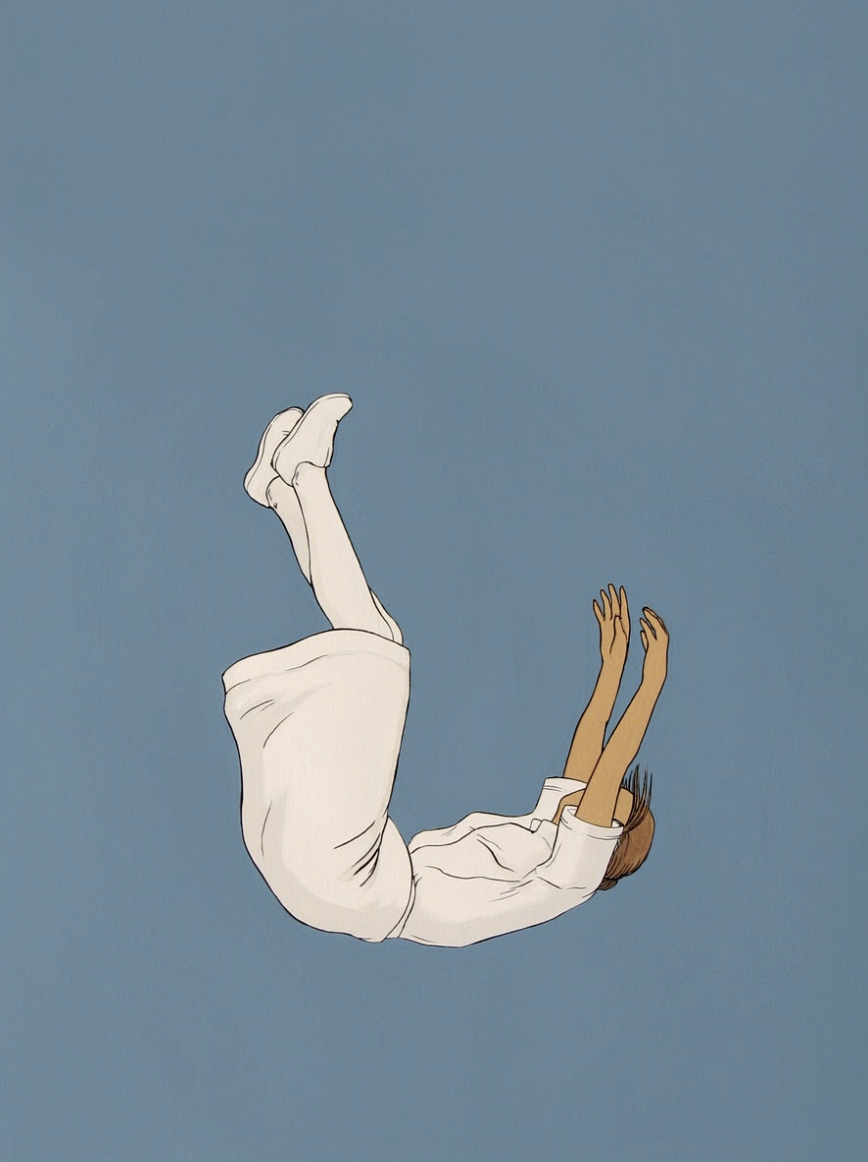It is impossible to discuss contemporary art without making reference to modern art. Indeed, modern art is not just the foundation of contemporary art, as many contemporary artists are still responding to modern artists today. The work of Matisse has been a major influence and of continuing interest to American artists since the first part of the 20th century. His exposure was early and constant: Alfred Stieglitz first showed Matisse’s drawings, lithographs, watercolors, and etchings in the Little Galleries of the Photo Secession in 1908, and followed that initial exhibition with one of drawings and photographs of paintings in 1910; in 1912, Stieglitz presented Matisse’s sculptures. The Red Studio was also exhibited at the celebrated Armory Show in 1913. Other New York exhibitions followed in 1915 and 1927, and again in 1931, when Alfred Barr organized a major Matisse retrospective, this time at the Philadelphia Museum of Art; a portion of this exhibition then traveled to ten major museums throughout the country.
Following the early exposure at Stieglitz’s gallery in New York, the Metropolitan Museum of Art acquired work by Matisse; at the Museum of Modern Art, Matisse’s work has now been prominently featured for almost fifty years, and many other American museums have long since placed his work on permanent exhibition. Furthermore, there were many exhibitions of Matisse in this country during the 1950's and 1960's. As a result, generations of American artists and art students have had direct and intimate access to the art of Matisse, an art of particular appeal to American modernists and to American artists today, imbued as it is with light and spiritual breadth, while simultaneously addressing issues of reductive formalism.
The significance of Matisse definitely cannot be understated, and there was a particular time in the 1980's during which his influence was revived. Experimentation with color and the non-representational, as well as the uncoordinated swathes that exemplify his style can be seen in a variety of work, from Mark Rothko to Roy Lichtenstein. After Matisse explores the story of his resurrection. Why did Matisse emerge so clearly and intentionally in the 1980's? How did he emerge? What can this tell us about contemporary art in the 1980's and of Matisse himself?
— Excerpt from catalogue introduction by Susan Sollins, 1986.
Accompanying the exhibition is an illustrated catalogue with essays by Dore Ashton, Tiffany Bell, and Irving Sandler.






